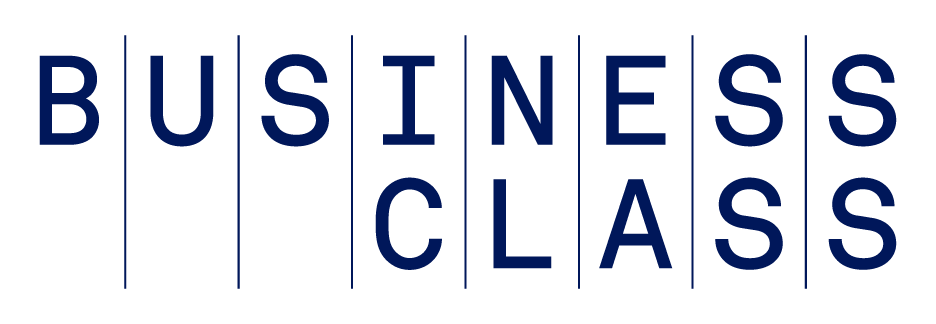Take a look at icons in the business world, and you’ll see a wide range of different leadership styles. But there are some things that most good leaders have in common, regardless of which leadership style they subscribe to.
From understanding their objectives, to encouraging collaboration, learning to delegate, listening, and leading by example, the best leaders are able to inspire and motivate their team, making them more effective at reaching big-picture goals and getting things done. If you’d like to step up to the plate and start leading your team onward toward success, here’s a look at some leadership techniques that you’ll want to start employing today.
By being open with your team, you’ll be able to create an atmosphere of support, encouraging them to participate, share, ask questions, and contribute their best.
Best Leadership Techniques to Use
Are you looking to be an effective leader? Here’s a look at some leadership methods that can help you to inspire and motivate your team.
1. Understand Your Objectives Clearly
First up, if you’re not clear on your objectives, or your company’s objectives, then you won’t be able to lead a team effectively. Make sure you get clear on what your big-picture goals are so that you can outline your plans accordingly and communicate them with your team.
2. Get to Know Your Team
Next up, the best leaders are familiar with their team and understand their team members. Take the time to get to know each of your team members and you’ll be able to communicate with them better, all while helping them to do their best and achieve the best results possible.
3. Always Be Learning
As a leader, you want to ensure that you stay at the top of your game by always learning. Looking to continually enhance your skillset will help you to expand your opportunities and enable you to lead your team effectively.
4. Listen
Good leaders have the ability to listen and hear what’s really being said. Soliciting feedback from your team and taking their input seriously can have a big impact on the outcomes. Getting advice from your team could yield great results for you as well. Since your team are the frontrunners, they might have insider intel on situations and can offer solutions that will benefit everyone concerned.
5. Learn to Delegate
A good leader is able to delegate effectively. This means knowing how to enlist help and ensuring that you outsource tasks before the deadline to give ample time for their completion. It also means that once you outsource, you step back and let your team carry on with their tasks. Attempting to micromanage the process or stepping back in to take over the project yourself is never a good idea. Instead, offer constructive feedback, help, and support to get the best results possible from your team.
6. Encourage Collaboration
Next up, good leaders encourage collaboration between the team. It’s not all about you taking credit for each success. Instead, try to have your team take ownership of different projects. A team that has good channels of open communication, is able to interact well together, and supports each other will result in the best collaborations.
7. Communicate Effectively
It’s also important to communicate effectively. Try to be direct and candid when communicating with your team, never talk down or complain about others. Make sure you’re polite and professional in your speech, online communication, and body language as well. When possible, let them know why you’re requesting things or show how decisions were reached. Basic kindness and respect will go a long way toward helping others respect you more.
8. Be Authentic
Good leaders are able to be genuine with others. Being authentic with your team will help them to connect with you better and will enable you to interact with them better. By being open with your team, you’ll be able to create an atmosphere of support, encouraging them to participate, share, ask questions, and contribute their best. Look to help them when they need help, provide them support to get their tasks done, and give them timely responses.
9. Stand Behind the Company Vision
Good leaders stand behind the company vision. Reminding your team of the company vision can help to inspire them and motivate them. When your team subscribes to the vision of the company, they’ll be able to see where they fit in and how what they’re doing matters. Make an effort to remind your team of the company history, important things that you’ve achieved so far, and where you are headed to help keep them engaged.
10. Lead By Example
It’s one thing to be able to outline rules or steps for people to follow, it’s another to actually hold yourself accountable, too. When your team sees you stepping outside the line, they’ll feel that they can as well. You’ll quickly lose respect if you hold your team to standards that you cannot keep to yourself, so make sure you lead by example. Always hold yourself to a higher standard than your team.
The best leaders know how to balance corporate needs with individual needs and abilities, and are able to walk a careful line between the two. They’re able to draw the best out of each of their team members, while at the same time, outlining strategies to meet company objectives and goals. They’re able to inspire others to do their best and work tirelessly to ensure everyone is on the same page and on track to meet those goals.
While it can take time to master the role of a leader, by working at it every day, you’ll see that your natural leadership abilities start to improve. At the end of the day remember, it’s not about you – it’s about the team. Try to keep them in mind and central to what you do, and you’ll find that things will start to fall into place.
A version of this article was originally published on September 18, 2013.
Photo: Getty Images






